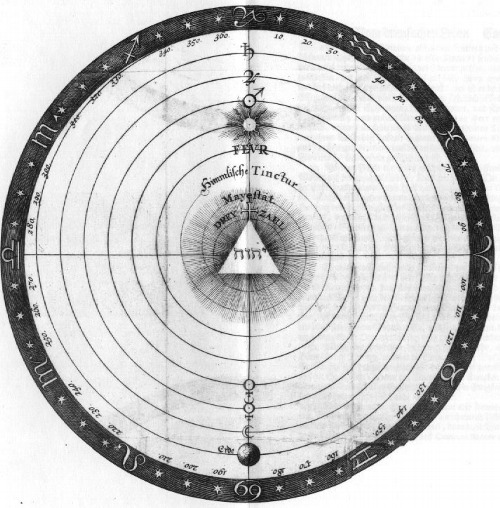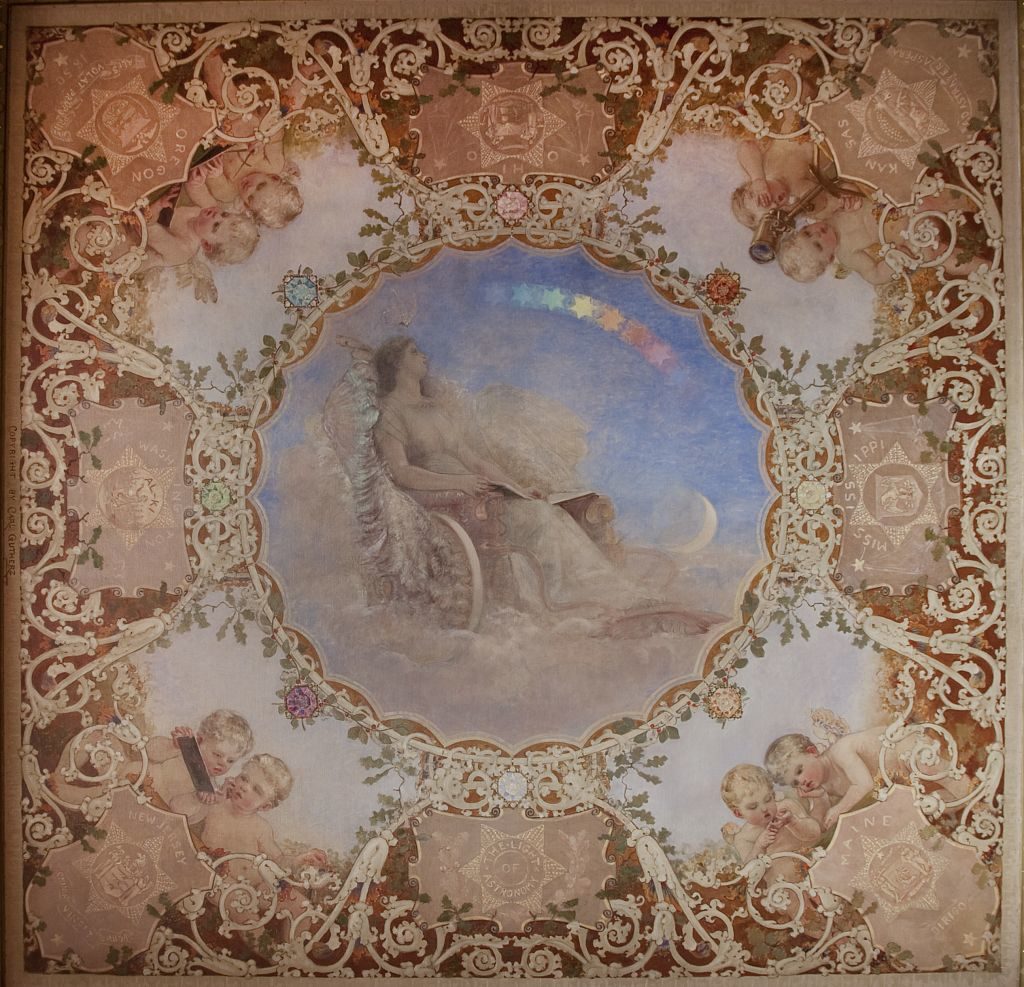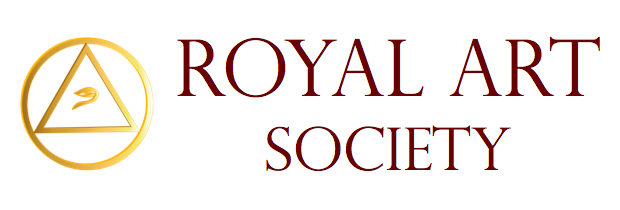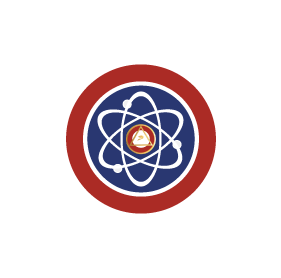
Scientific Alchemy
On the face of it inner alchemy may not seem scientific, it may feel religious or “spiritual.” However, alchemical symbolism is unlike religious symbolism in that it is not based on folk tale, ecstatic hallucination or conjecture on the affairs of supernatural beings. It is not the symbolism of any cult, it is honest research, take it or leave it. The irreligious might even take the view that religion has usurped the healthy and rightful place of the Royal Art.
Irreligious people laugh at religious people and religious people laugh at other religious people for their apparently stupid and senseless beliefs. No one wants to believe that their familiar worldview and deepest held dogmatic convictions are nonsensical and meaningless, especially when they are heavily invested in them.
The alchemist wants to go beyond religion and even intellect, to what may be called a holistic state of mind, wherein the world-view adapts quickly with new information. The Roman Mercury or Greek Hermes is an apt symbol of such a fluid intelligence.
The student of alchemy begins with the same information as the religious devotee, but does not, like the religionist, base his world-view on faith in the myths of a particular geographically determined culture. The alchemist daily constructs an ever-changing world-view based on the healthy and informed methods of symbolic alchemy: meditation, reason and science. The alchemist, alone, is able to process new information and freely adapt to changing circumstances.
As scientific technology grows exponentially, this ability will become more and more key to survival. Life on earth has existed 3.5 billion years. Anatomically modern humans have existed for 200,000 years. Modern science has existed for less than 500 years. The future belongs to science.

Astronomy
Evolving Symbolism
Carl Gustav Jung (1875 – 1961), the principal student of Sigmund Freud and founder of psycho-analysis, laid a great deal of stress on the exploration of archetypes, symbols in the collective unconsciousness that lie behind dreams and mythological constructs. Science describes reality, and in the science of psychology, symbols represent real things. No one worships the symbols or the things they represent, but rather, the symbols are used as a kind of vocabulary.
Archetypes range from epic cosmic elements to human physical and mental processes, to certain pivotal rites of passage or other common human experiences. Alchemical symbols, like Jung’s archetypes, are the shared chemical stirrings of the human collective unconscious mind.
In fact, the seven planets and metals of alchemy describe the most basic archetypes, familiar as the embodiments of Melancholy (Saturn), Power and Law (Jupiter), Love (Venus), War (Mars), Calm Reflection (Luna), Creative Life-Force (Sol) and Intelligence/Divine Communion (Mercury). Science can discover the true nature of alchemical symbolism and make corrections in the method of the Royal Art as necessary to the Great Work.
Due to the science current at the time the early alchemists couched their psychology in astronomical and chemical terminology. For medieval Europe it was a return to Classical Greek and Roman pagan education – the origins of science. Back to the Library of Alexandria and the Classical four elements: Fire, Air, Water and Earth.
The alchemists said, for example, that the four elements produce a fifth element, Spirit, associated with life, the mind and pure awareness. Their operations were summed up as purification of mortal thoughts and emotions from the mind.
Alchemist scientists like the great Robert Boyle (1627 – 1691) saw an analogy between the five elements and the four states of matter, heat (plasma), gas, liquid, solid, and organic matter. The fundamental elements of the universe today are the over 100 chemical elements (beginning with hydrogen, helium, and so forth) and the four forces: gravity, electromagnetic, weak and strong nuclear forces.
The quest for a unified theory of everything continues. As it was anciently said, Heaven is one kingdom. Ultimately there is just one universe, however many dimensions it has, and if human science can symbolize this mathematically, such a demonstration shall be a great boon to humanity.
The Future Renaissance
The theories of the chemical elements, states of matter, four forces, and other views like string, quark and atomic theories, complement the alchemical cosmology to form the fabric of the scientific alchemical worldview. As science divides the whole into its parts and describes the relationships between them, so the Royal Art organizes and unites what the mechanistic scientific worldview has dissected and analyzed, and transforms it into a holistic way of life.
The individual does not exist in a vacuum. If one is to “know thyself” one cannot exclude research in social psychology, group psychology, and political psychology. Archetypes such as those expressed by symbols of the Royal Art play a role in the body politic just as they do in the individual person.
Alchemists learn, for example, how leaders are made and sacrificed for the good of the community, and how this process is reflected in the human subconscious mind as archetypal entities, myths, stories, rituals, and alchemical symbolism. The deep magic of yesterday is the new science of today.
As the world becomes smaller through scientific advances in transportation and communication, the different peoples and clans from across the globe are forced to learn about each other, and deal with each other as neighbors. Just as Asia has begun learning Western philosophy and science, and integrating the new knowledge with tradition for the improvement of its cities, the West is finally learning the lessons of Eastern mysticism.
Just as mindfulness meditation has gone global, so too, may symbolic alchemy become commonplace.
Until you have completed the Registration and Investiture of the Royal Art Society, you will be considered an applicant for Candidacy.
I. JOIN OUR MEMBERSHIP AS A CANDIDATE
II. REGISTER AND COMPLETE THE INVESTITURE


